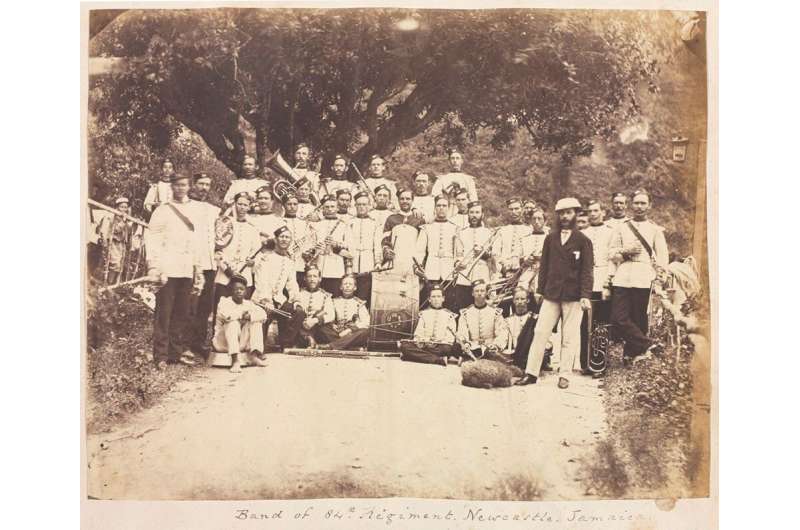Charles Darwin raised the question of whether darker skin is correlated with immunity to certain diseases in his 1871 book “The Descent of Man,” an erroneous claim that reflected beliefs about the reality and fixity of race that were widespread in the mid-19th century, according to new Cornell research.
But only a few decades earlier, people did not think of race this way, according to Suman Seth, the Marie Underhill Noll Professor of the History of Science in the College of Arts and Sciences and an expert on the history of medicine, race and colonialism in the British Empire.
“In the 18th century, they don’t think it’s because of race that Black people seem to them to be immune to yellow fever,” Seth said. “They think it’s because people get habituated to certain climates.”
But by the mid-19th century, beliefs about race had changed, as Darwin’s book demonstrated. This was partly because of medical statistics compiled and published by the British military which played an important role in introducing “race” as a categorical reality, Seth argues in his paper, “Race, Specificity, and Statistics in Victorian Medicine” published March 31 in the Oxford Journal of Victorian Culture.
The research is based on Seth’s analysis of Edmund Parkes’ “Manual of Practical Hygiene, Prepared Especially for Use in the Medical Service of the Army” (1864), a text that would become the standard within British military medicine for decades to come.
Parkes’ manual, which was used as a guide for medical officers in charge of the health of British troops stationed all over the globe, drew from massive sets of medical statistics collected from military surgeons since 1815 detailing sickness, death and treatment in military service. By 1835, 150 volumes of data drawn from British military reports from regiments worldwide had accumulated, Seth wrote. That year, Lieutenant Alexander Tulloch was tasked with producing a series of reports based on the data.
At the same moment in history, the belief that race was a fixed concept was gaining traction. Consistent with prevailing thought, Tulloch interpreted the data with race as a central category, Seth wrote. Tulloch drew conclusions about race from objective data, making race medically “real” in a form that had not been evident before.
For example, soldiers of African descent in the West Indies died at around half the rate (4% as compared to 7.5%) of their European counterparts, Seth said; where 18th century accounts relied on information about the regions to which people had been habituated, or “seasoned,” Tulloch pointed solely to their race as the reason.
These claims about race were made through statistics, which was at the time a new science, Seth said. Medical statistics were a more subtle place for race-based claims of difference to hide than so-called “race science,” which historically claimed hardwired racial differences based (erroneously) on brain size, lung capacity and other measurements, said Seth.
“After Tulloch’s reports, vastly more medical information—particularly military medical information—was conveyed in statistical form,” Seth wrote. “One effect of this in terms of racial discourse was that race increasingly became a statistical fact, one stripped of broader medical (to say nothing of cultural) context.”
Tulloch’s “Reports” were widely read and cited, and were responsible for radical shifts in both policy and discourse, Seth wrote. The reports informed Parkes’ manual, as well as military policies which sought to improve conditions for white soldiers while at the same time banishing Black soldiers to locations and conditions “in which they died at rates deemed so unconscionable that their white colleagues would never serve there again,” Seth wrote.
Related article:
Rat Sperm Generated from Stem Cells
Study Nearly Doubles Known Cancer-Linked Mutational Signatures


